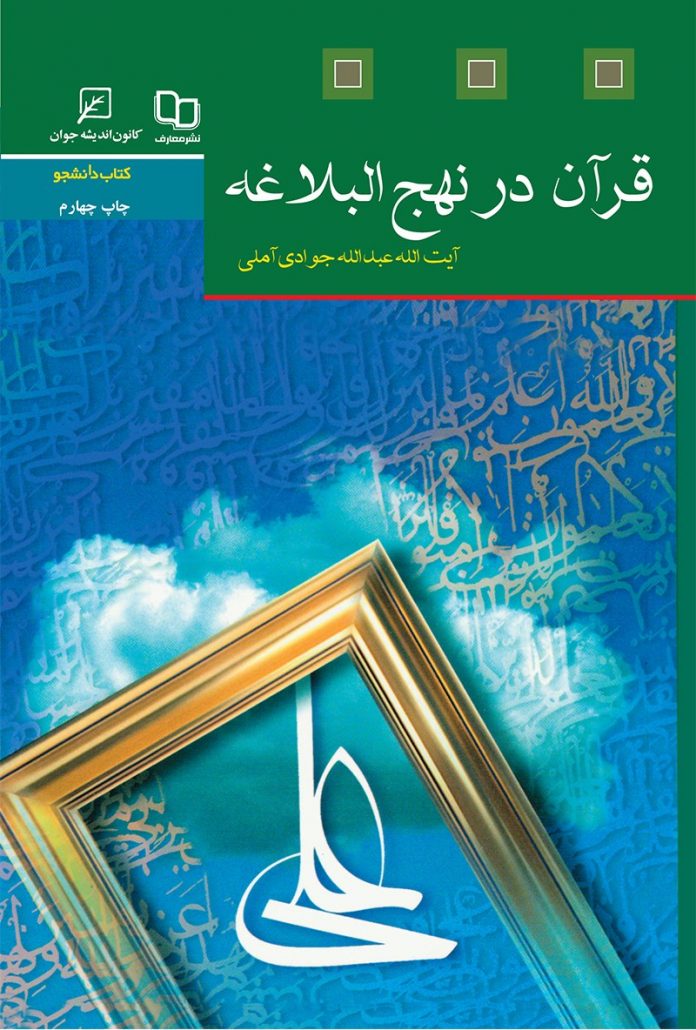Ayatollah Jawadi Amoli
Introduction
References to and guidelines about the Qur’an in the Nahj al-Balagha are based on three main principles:
1- Comparing the content of the Nahj al-Balagha with that of the Qur’an, supporting and corroborating the former with the verses of the latter, and citing Qur’nic verses in Nahj al-Balagha;
2- Quoting certain verses of the Qur’an in the Nahj al-Balagha;
3- Defining and explaining the essence of the Qur’an and encouraging people to use it.
The difference between the first two points on the one hand and the last one on the other lies in the fact that the former are intrinsically Qur’anic, whereas the latter is extrinsically related to the Qur’an. As such, the first two points can be considered interpretation and explication of Qur’anic concepts whereas the third point can be regarded part of Qur’anic knowledge and introductory information about the principles of understanding the Qur’an. In other words, the first two points result in what the Qur’an conveys to us and the third point in understanding what the Qur’an is and how it can be comprehended. Although the second point concerns citing some verses of the Qur’an, it does not contradict the first point, which concerns the acknowledgement of the fact that all the information in the Nahj al-Balagha either corresponds, explicitly or implicitly, to the Qur’an or is deducted from it. The reason lies in the fact that whenever Imam Ali does not cite Qur’an verses and argues independently, it does not necessarily mean, by way of implication, that the content of the Nahj Al-Balagha is alienated with, and disoriented from, that of the Qur’an. Citing Qur’anic verses was done out of necessity or in order to answer the enquirers’ questions. The citations are not exclusive in the sense that they are indicative of the fact that harmony between the contents of the Qur’an and those of the Nahj al-Balagha are restricted to instances of direct citations.




